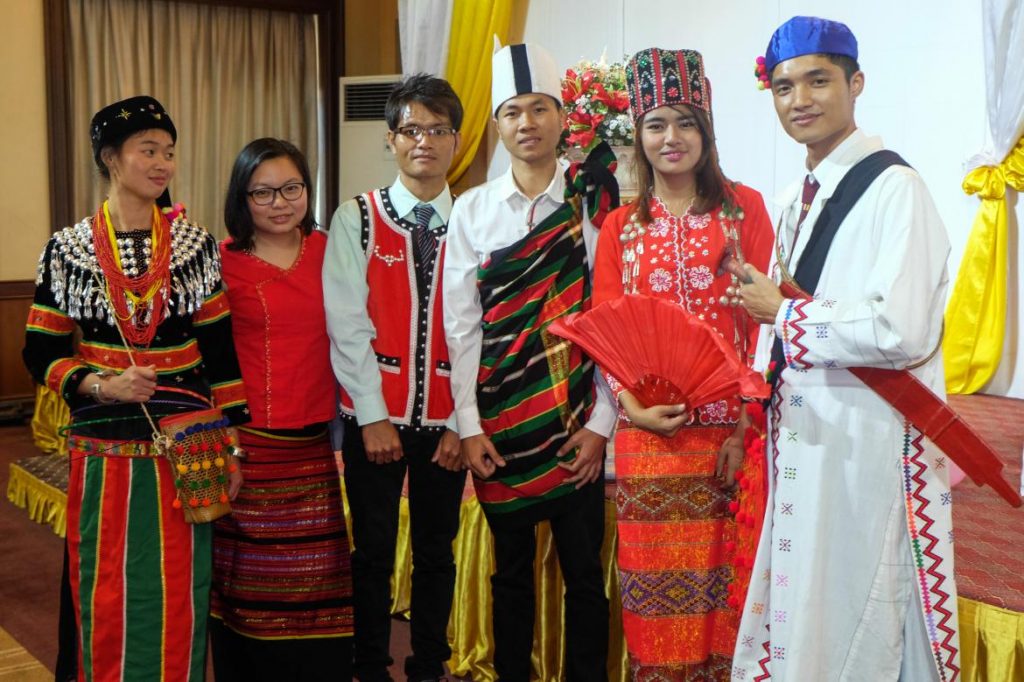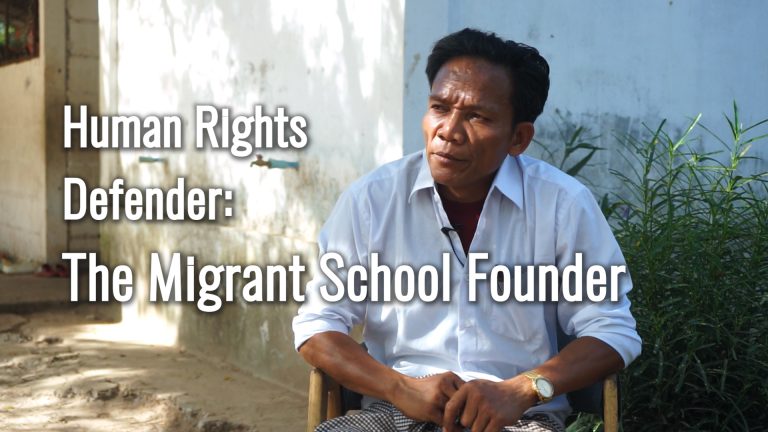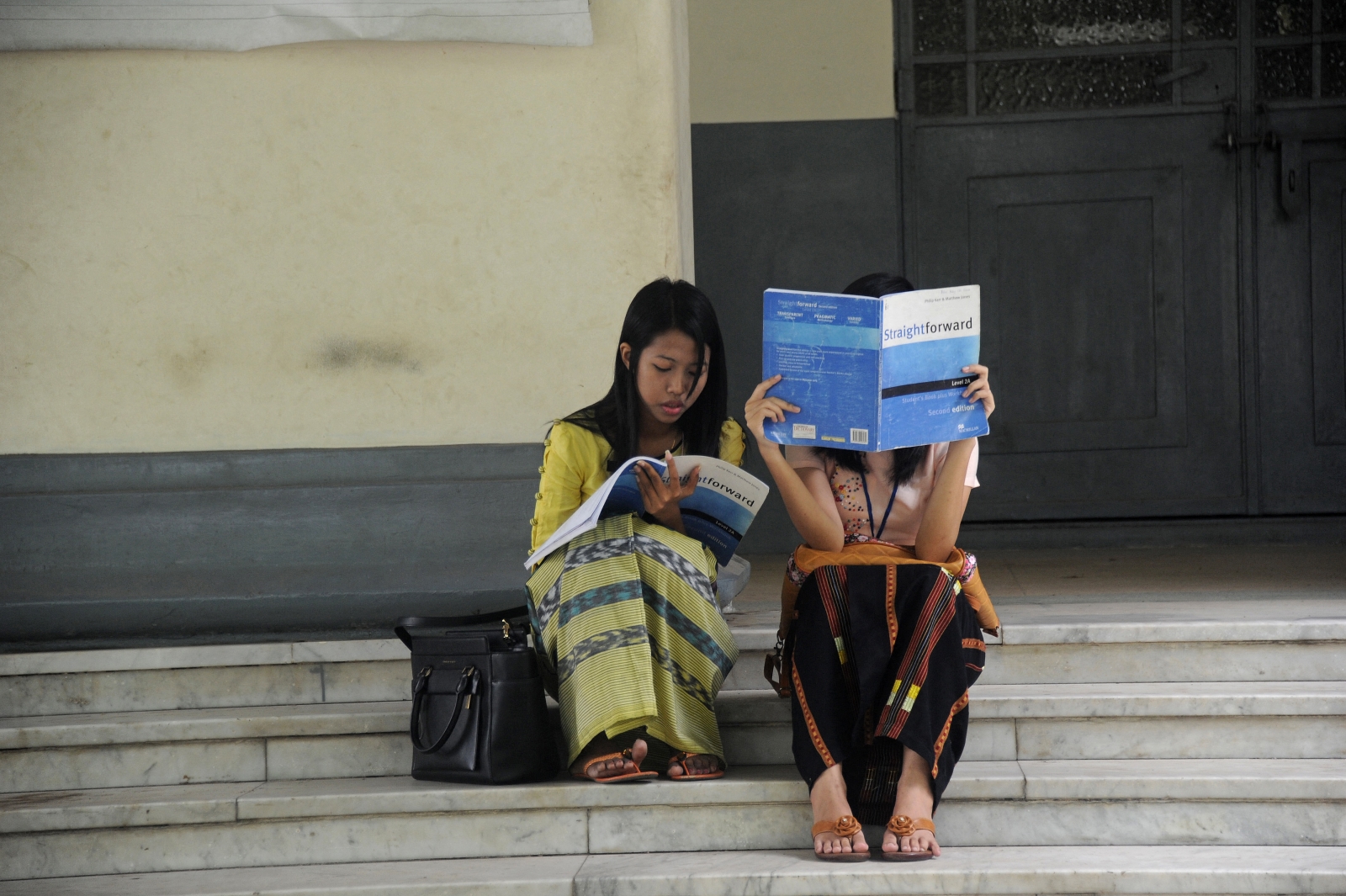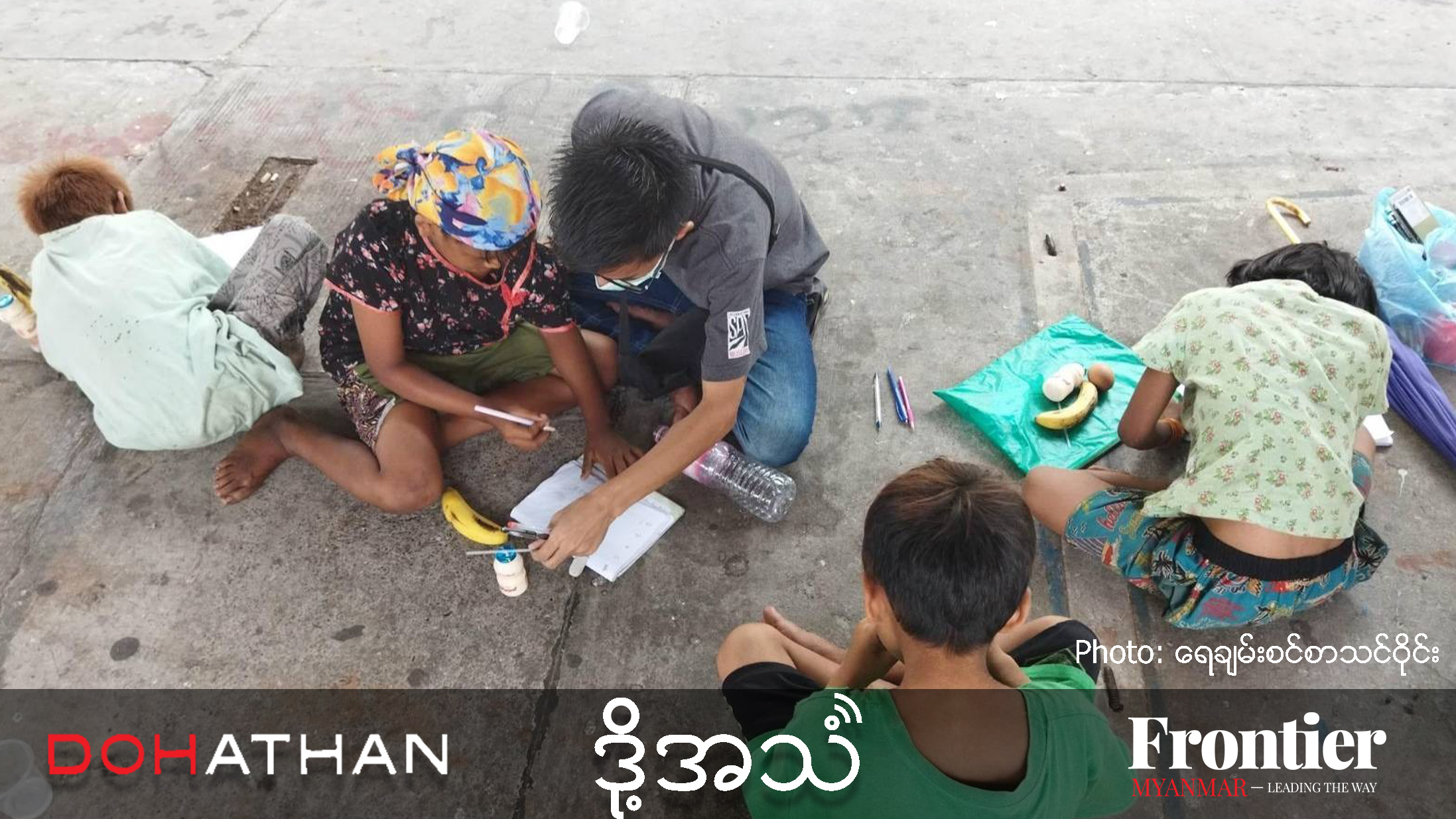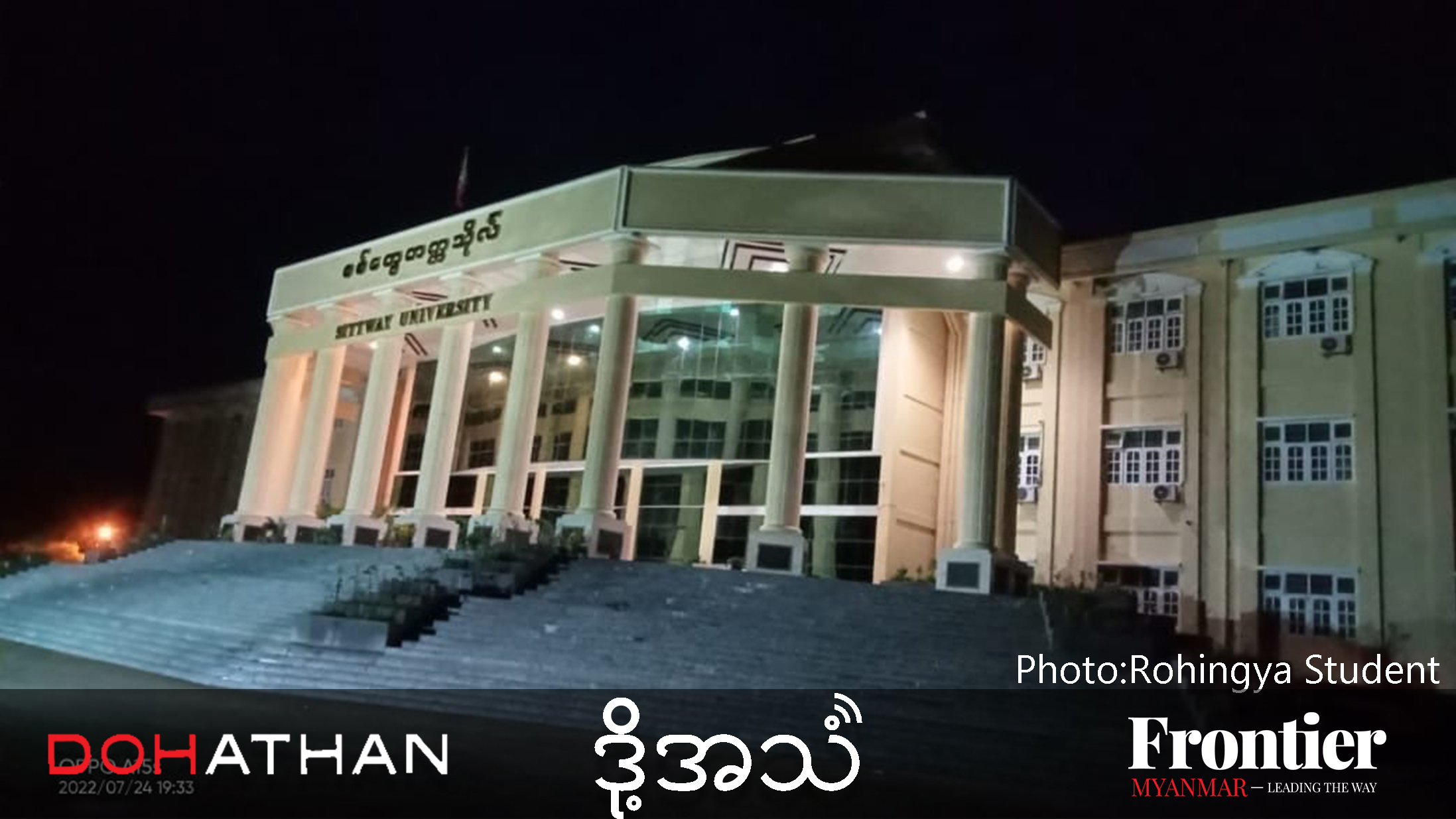A curriculum that fosters greater understanding of other cultures can engender empathy and open-mindedness, and avoid stereotypes and prejudices.
By EWAN CAMERON | FRONTIER
THE ROLE of culture in education is often a controversial subject. In Myanmar, the debate is largely focused on the language of instruction, with representatives of ethnic minorities pushing for the right to teach in their mother tongues.
However, cultural issues go further than language of instruction. Culture is not just language but encompasses a wide range of references, from the material to the intellectual and spiritual.
A commitment to intercultural learning – through a cross-curricula educational strategy that develops student knowledge and values relating to different cultures – could go a long way in helping to promote peace and understanding between the numerous ethnicities and religions in Myanmar.
Intercultural learning develops key values such as empathy, respect, open-mindedness, curiosity and anti-discrimination. An intercultural strategy would also mean more thorough representation in the curriculum for different cultures.
Support more independent journalism like this. Sign up to be a Frontier member.
The ethnic minority cultures of Myanmar are not absent from the textbooks, yet the coverage they receive is superficial at best. The Myanmar/Burma Indigenous Network for Education (MINE) has noted that history and culture in school textbooks is primarily from a Burman perspective and that this limits children’s ability to appreciate the diversity of the country.
This can foster a range of stereotypes and prejudices. A Shan colleague of mine who went to school in Yangon recalled that she was bullied by other students, who called her a witch because of her ethnicity. A Naga friend expressed his frustration at being asked if he ate human flesh and wondered where such ignorance had come from. He also noted that Naga are routinely mistaken for Chin.
But it’s not only minorities that face prejudice. A Burmese student who had attended a majority Kayin school told me how she was shocked to find that some of the students there treated her poorly based on her ethnicity.
Cultural misunderstanding can have serious consequences. Many Lisu are still left without official ID cards because of confusion stemming from the fact that many of them pronounce Lisu as “Lishaw”. As a result, many Lisu in Myanmar are officially recorded as Lishaw, which is not a recognised ethnic group, despite their being no difference between the two.
A lack of intercultural knowledge also manifests in more subtle ways. Many ethnic groups have honorifics which are roughly equivalent to the Burmese. A Mon student of mine told me of his irritation at being referred to by his Burmese teachers as “Maung Min”.
In Mon culture, “Min” has the same function as “Maung” – both are honorifics for boys. This naming redundancy often frustrates ethnic minorities, although they acknowledge that the situation arises from ignorance rather than malice. A commitment to fostering intercultural competence across the country would help to combat divisive stereotypes and racism as well as advancing an appreciation and working knowledge of the different cultures.
There are encouraging signs that the Ministry of Education’s forthcoming National Education Strategic Plan will allow state and local education authorities more freedom to adapt their curricula to local needs, including working with ethnic minority culture and literature experts to give ethnic students more representation in their studies.
Such steps, if they are realised, should be applauded, but they should be combined with an intercultural learning strategy that encompasses not only the periphery, but the core, as the skills and values developed are important for all students.
Intercultural learning need not be implemented as another subject to be added to the timetable, but can be infused throughout the curriculum. In Australia, for example, intercultural learning is a cross-curricula strategy and forms part of the English, History, Geography and Civics education subjects.
However, intercultural learning cannot simply be imported from one country or educational authority to another as the cultural makeup of each country is different and thus the focus too will be different by necessity.
How would intercultural learning work in Myanmar? Pascal Khoo Thwe’s description of his childhood growing up in a Kayan village in the Land of the Green Ghosts could form part of the English literature curriculum. Or Ma Ma Lays’s Monywei Mahu, a novel set in the 1940s, which describes a clash between Western and Burmese culture in a delta town might provide a starting point for discussion of the impact of colonialism on local culture.
Geography lessons could examine how the plurality of climates and landscapes in Myanmar have shaped and have been shaped by the cultures which inhabit them. A question for students might be why Chin cuisine is more likely to feature maize than rice. History could involve a more detailed look at events such as the Panglong Conference of 1947, and the numerous kingdoms of the region, as well as oral histories, which organisations such as The Kite Tales have been documenting.
Ethnic literature and art committees from around the country can also help provide content not only for their local areas but for the country. At the tertiary level, universities can be the site and the source of intercultural learning, with the introduction of Ethnic or Cultural Studies disciplines, which are currently conspicuous by their absence.
However, even in a federal or decentralised education system, it would be hard to find robust representation in the curriculum for all ethnic groups.
In Myanmar – as in any country – there is not a neat correspondence between ethnicity and area, and it would be a mistake for state-based curricula to focus too narrowly on the majority ethnic group of the area. What is called for then is a system of learning that not only encompasses diversity in the textbooks but in the way learning happens.
A constructivist and student-centred approach to learning would help promote authentic representation in the classroom. This approach would acknowledge that students are not just passive receivers of knowledge but are active participants in their own learning.
At the primary level, this could include students sharing information on their ethnic background or religion, and at higher levels might involve students conducting research projects in their communities. The student-centred approach to learning also allows for a flexible and bottom-up approach to identity, which is generated by student’s lived experiences rather than prescribed from above.
In Myanmar, civil war remains a constant feature of the landscape and inter-communal tensions and violence are depressingly common. Intercultural learning would not just be part of the educational process but part of the peace process too.


